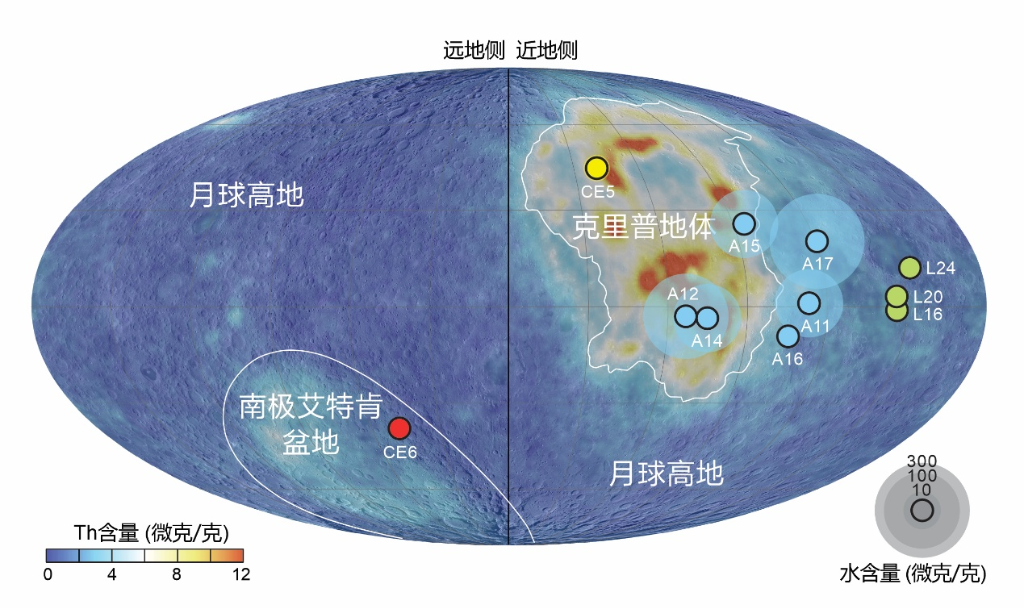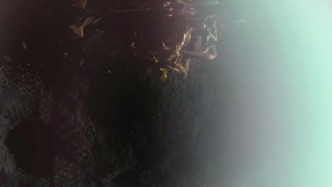
The reporter learned from the Chinese Academy of Sciences on the 9th that Chinese scientists used the Chang'e 6 lunar samples to measure for the first time that the water content of the lunar mantle on the far side of the moon is less than 2 micrograms per gram, indicating that the lunar mantle on the far side of the moon is very "dry". This achievement will provide strong support for better research on the origin and evolution of the moon. The relevant paper has been published online in the international academic journal Nature.
The reviewers of Nature believe that this study is the first to measure the water content of the lunar mantle on the back side of the moon. It is highly original and a significant discovery in this research field.
It is reported that the lunar mantle is located between the lunar crust and the lunar core, about 60 to 1,000 kilometers below the lunar surface. The water content of the lunar mantle is of great significance in revealing the origin of the moon, magma activity, and resource and environmental effects.

The results of the Chang'e-6 lunar sample research show that the lunar mantle on the far side of the moon is "drier" than that on the near side. (Photo courtesy of the Institute of Geology and Geophysics, Chinese Academy of Sciences)
"It is generally believed in the academic community that about 4.5 billion years ago, a celestial body the size of Mars collided with the primitive Earth, and the ejected material was re-accreted to form the moon. Since the impact process was accompanied by extremely high temperatures, the moon 'should' be extremely poor in water." Hu Sen, the corresponding author of the paper and a researcher at the Institute of Geology and Geophysics, Chinese Academy of Sciences, said, but in the past 20 years, there has been controversy in the academic community over whether the lunar mantle is water-rich or water-poor.
The Chang'e-6 mission brought back humanity's first lunar farside sample from the Moon's South Pole-Aitken Basin, providing an important opportunity to understand the spatiotemporal evolution of lunar mantle water.
"During the evolution of the moon, part of the lunar mantle rocks melted to form melts, and part of the melts were transported to the lunar surface to form basalts. Therefore, using these basalts, we can explore the mysteries of the lunar mantle," Hu Sen introduced.
In this study, the team selected basalt debris from the Chang'e-6 lunar sample to study the water content in the lunar mantle source region. The results showed that the water content in the lunar mantle source region of the Chang'e-6 basalt was only 1 to 1.5 micrograms per gram, the lowest value in the reported data, indicating that the lunar mantle source region of the Chang'e-6 basalt is "drier" than the lunar mantle on the front side of the moon.
